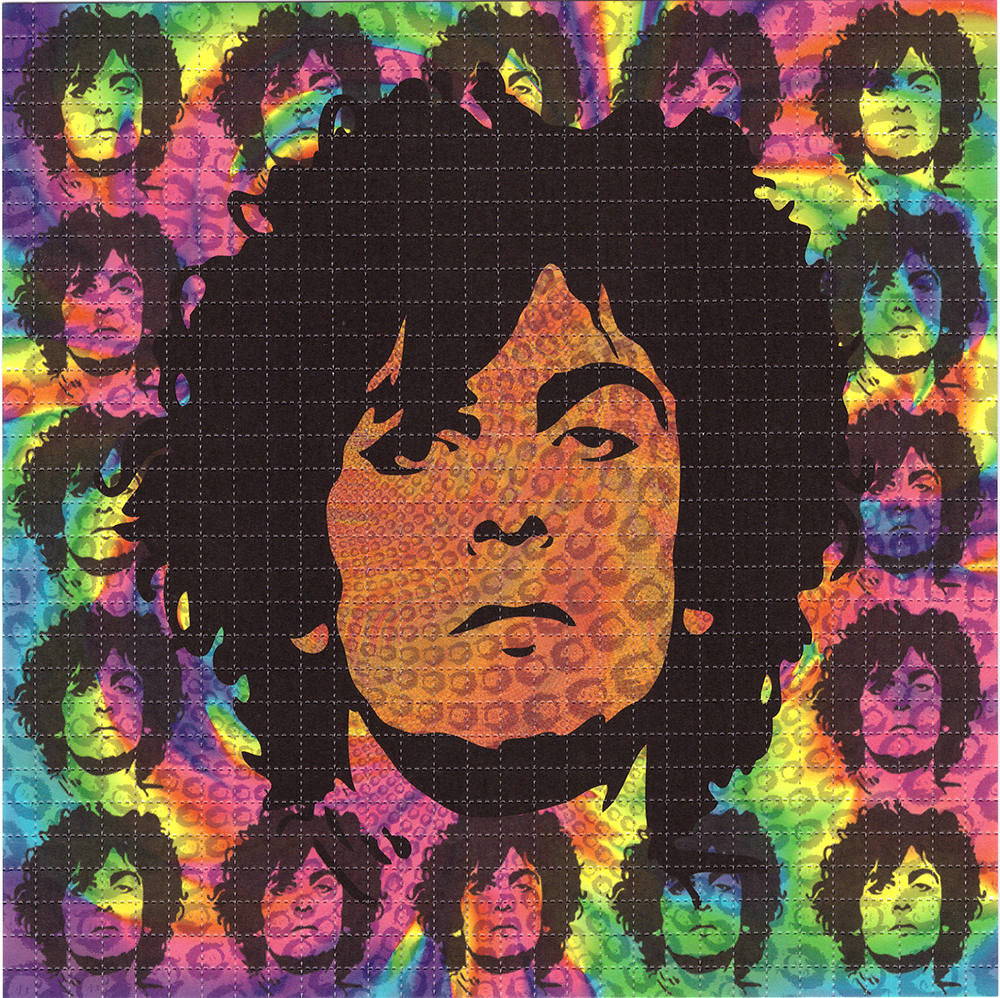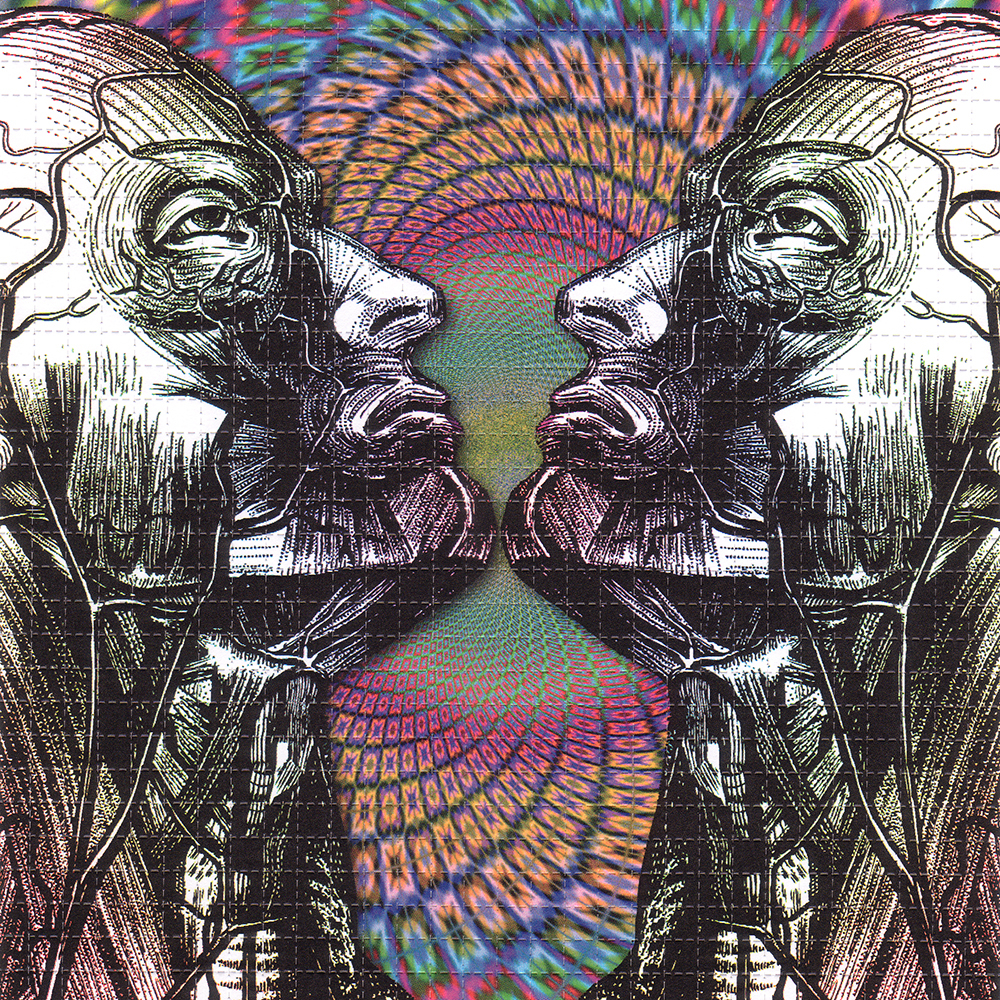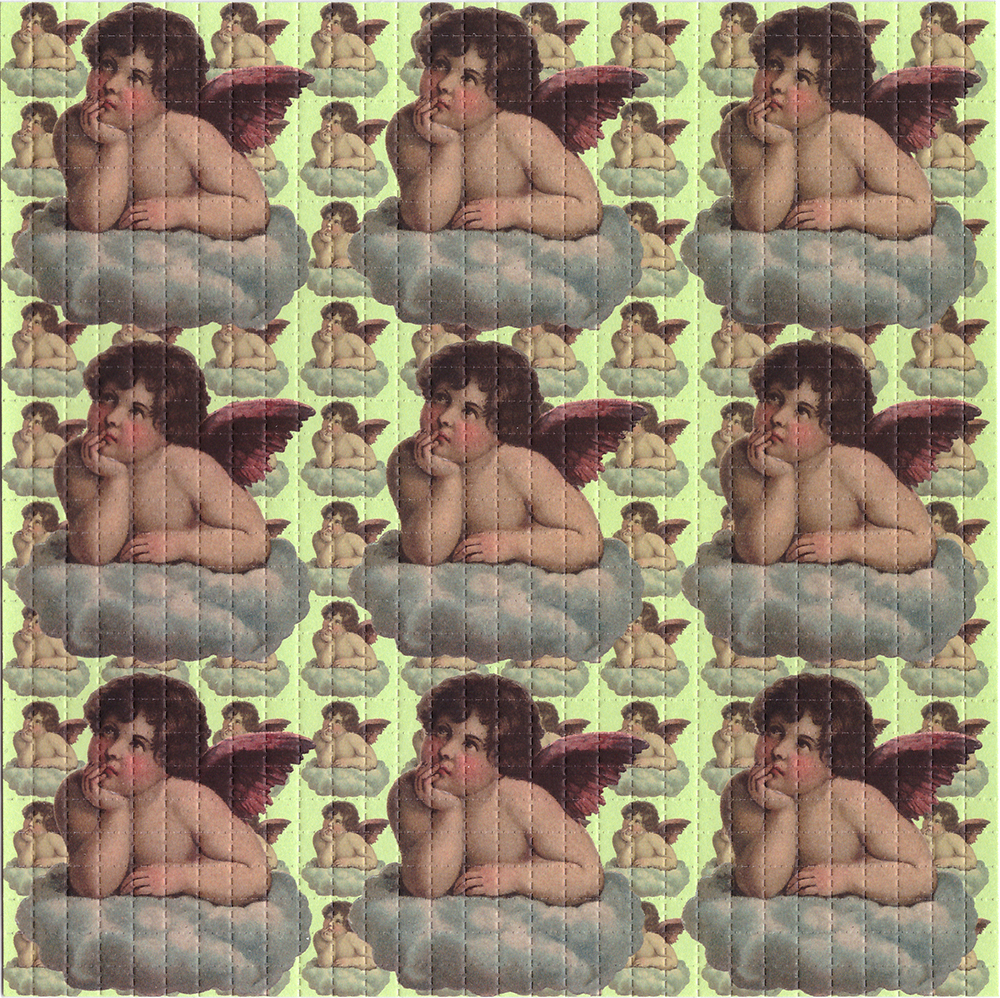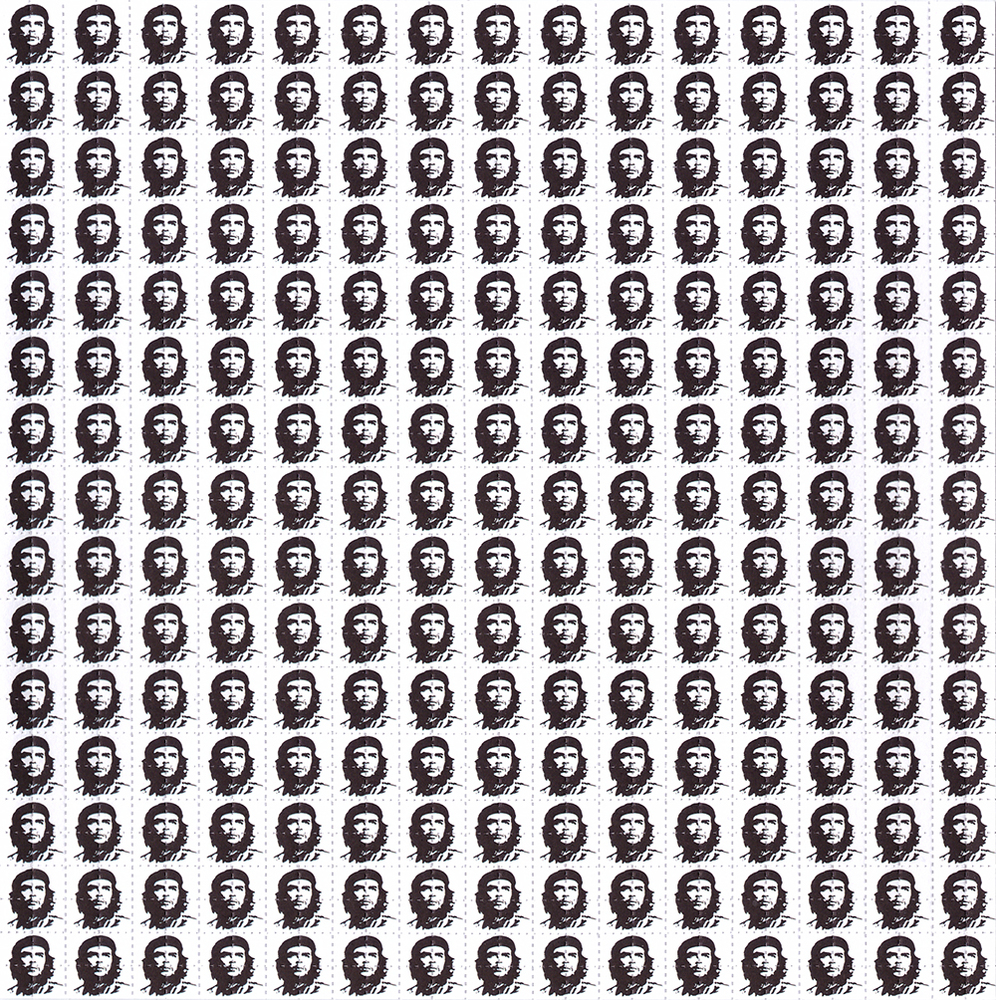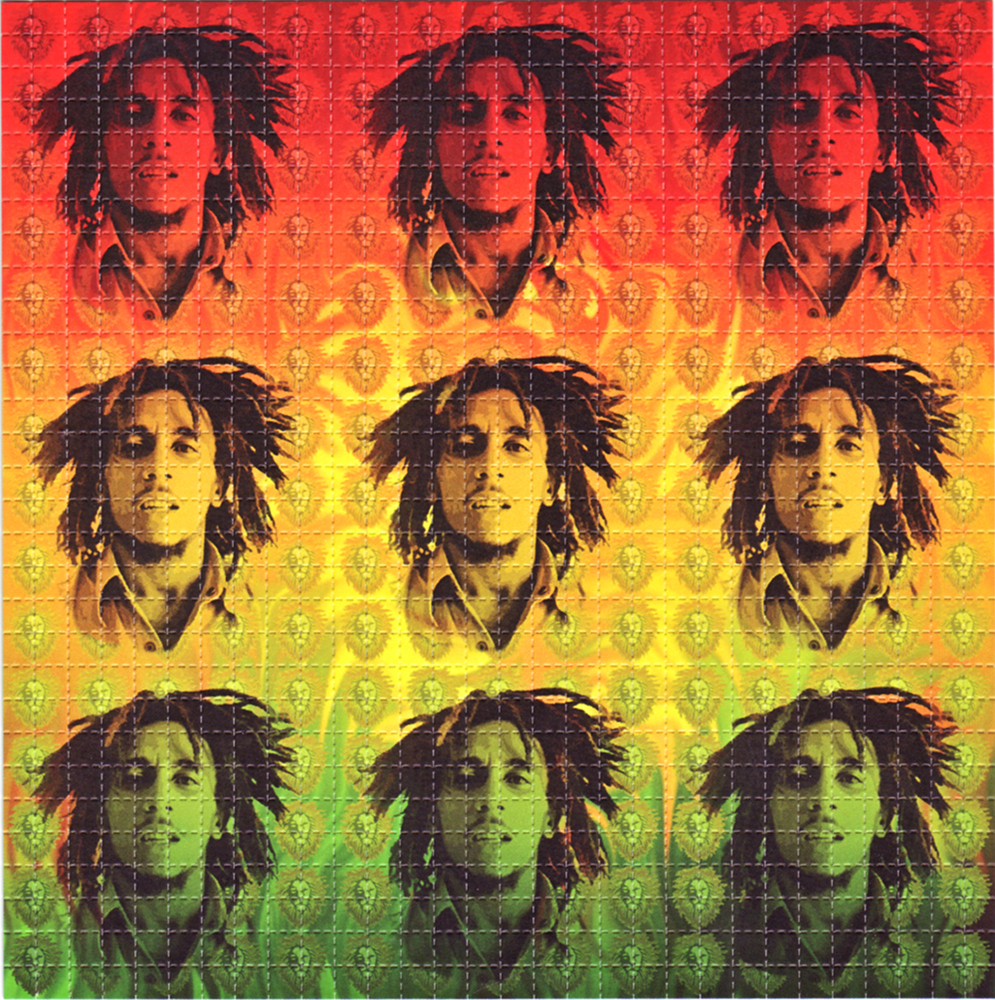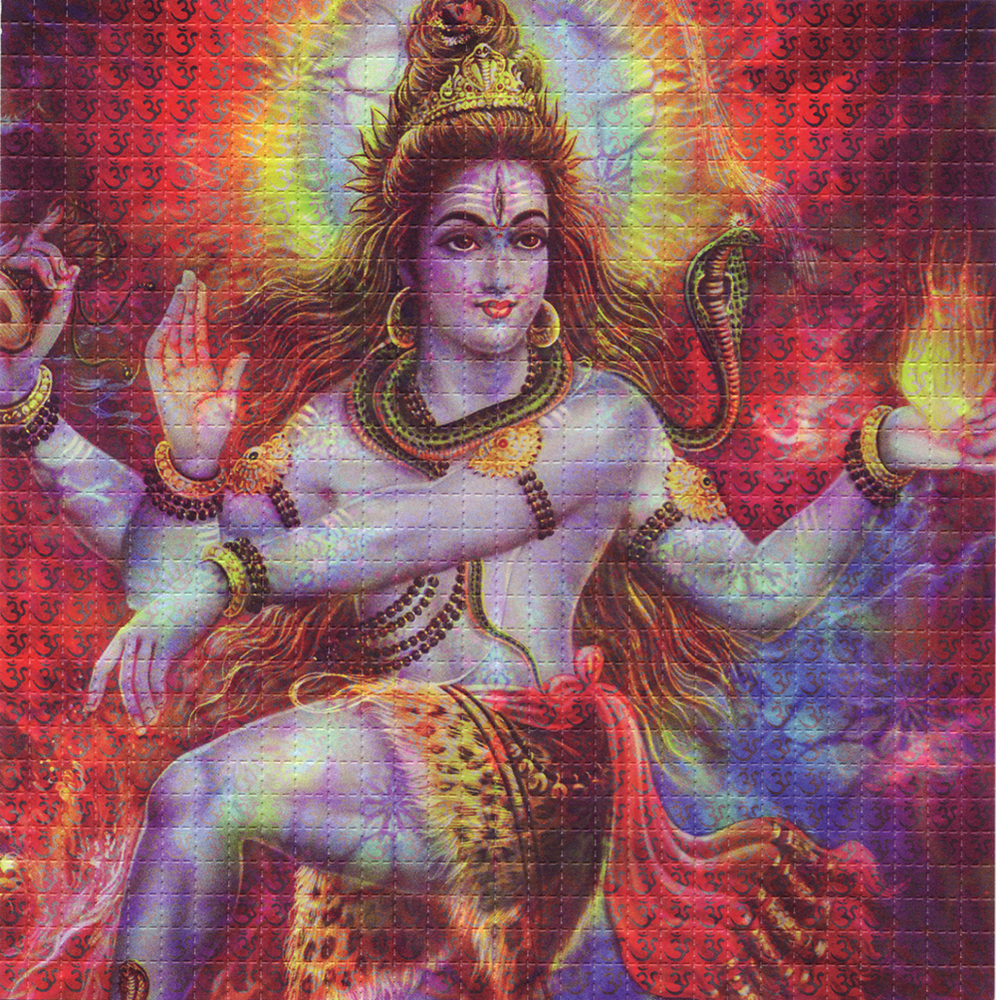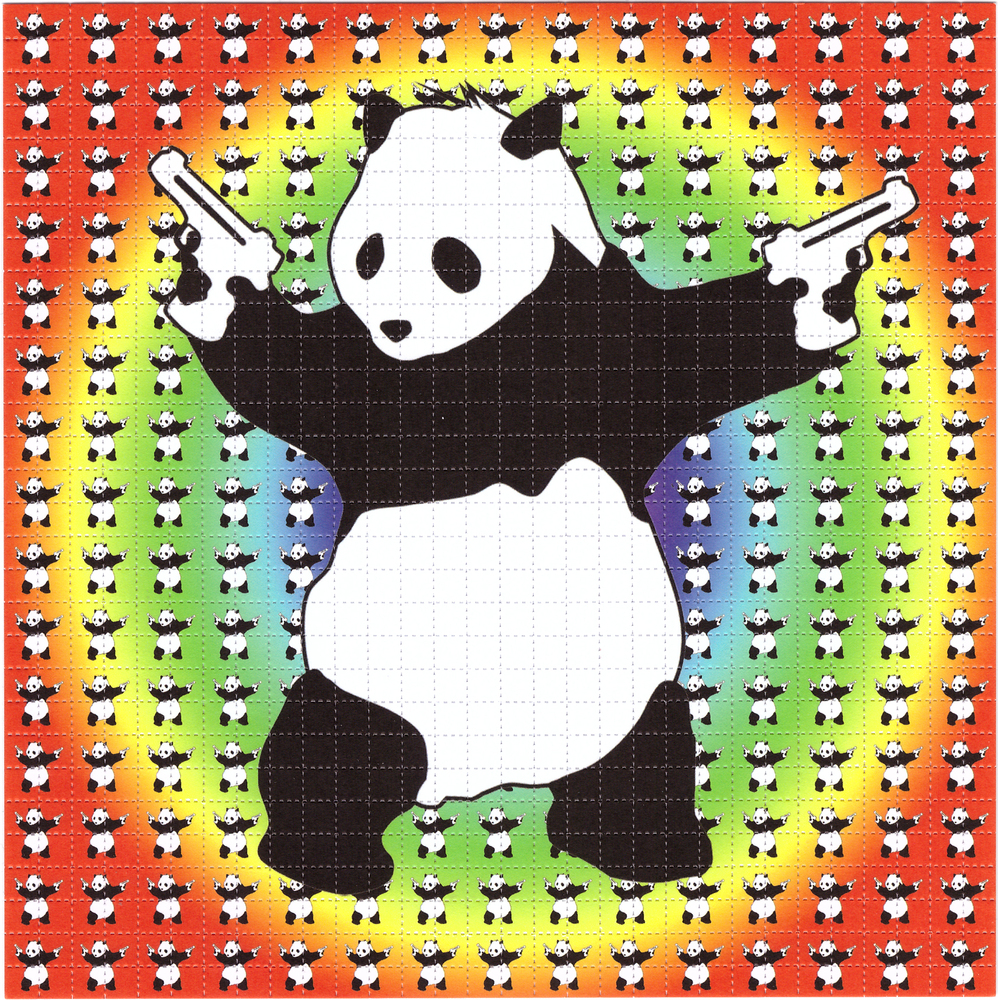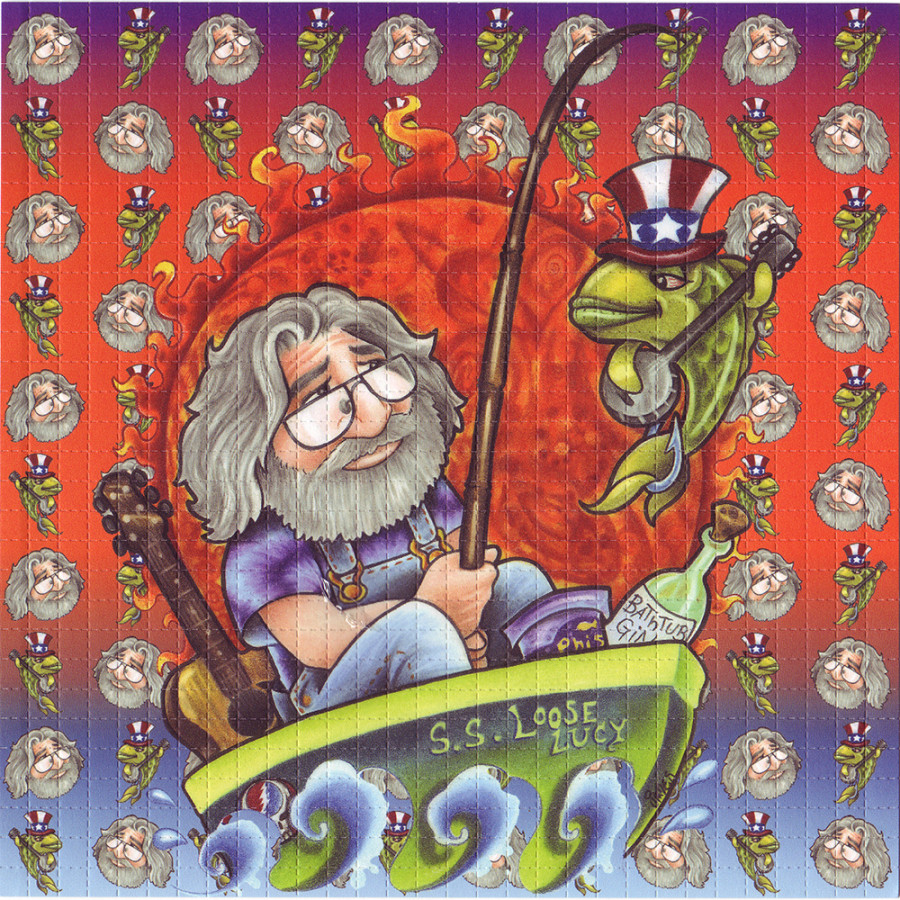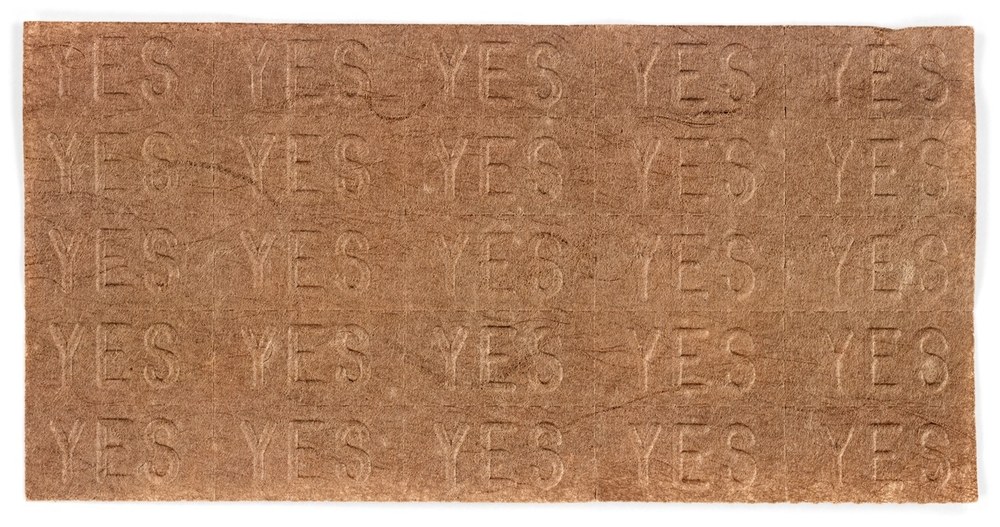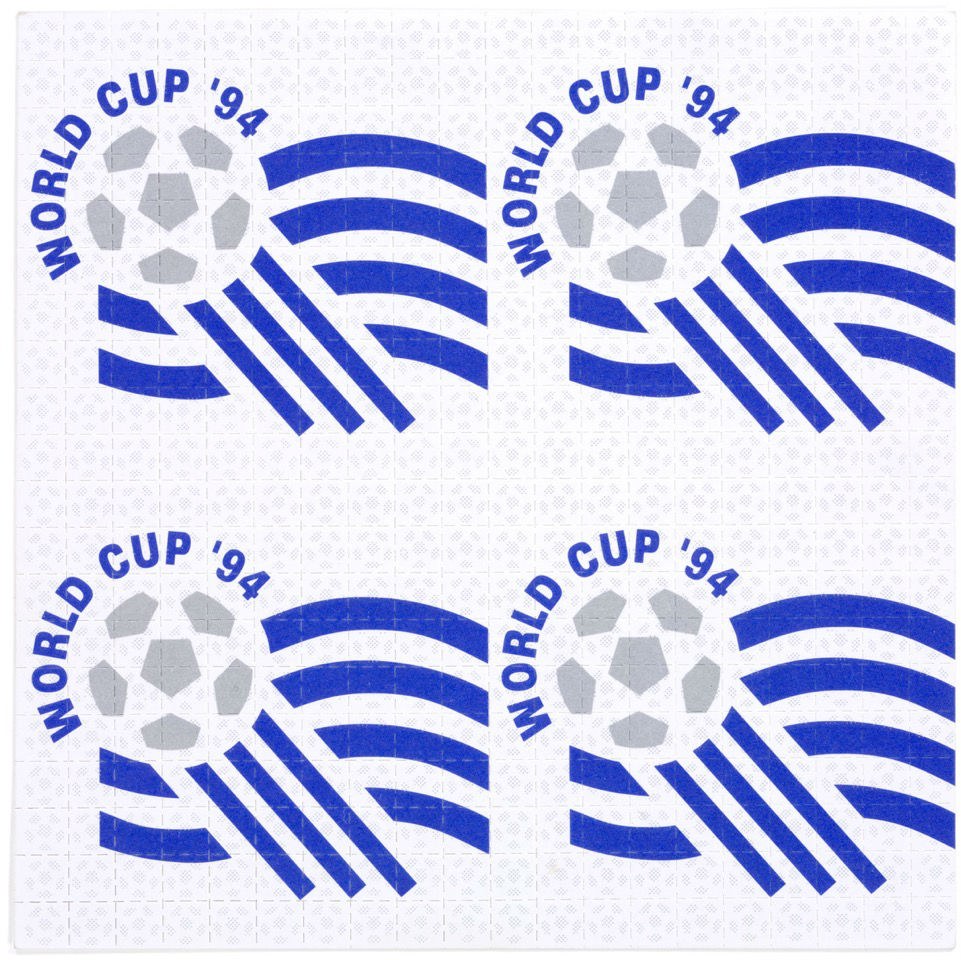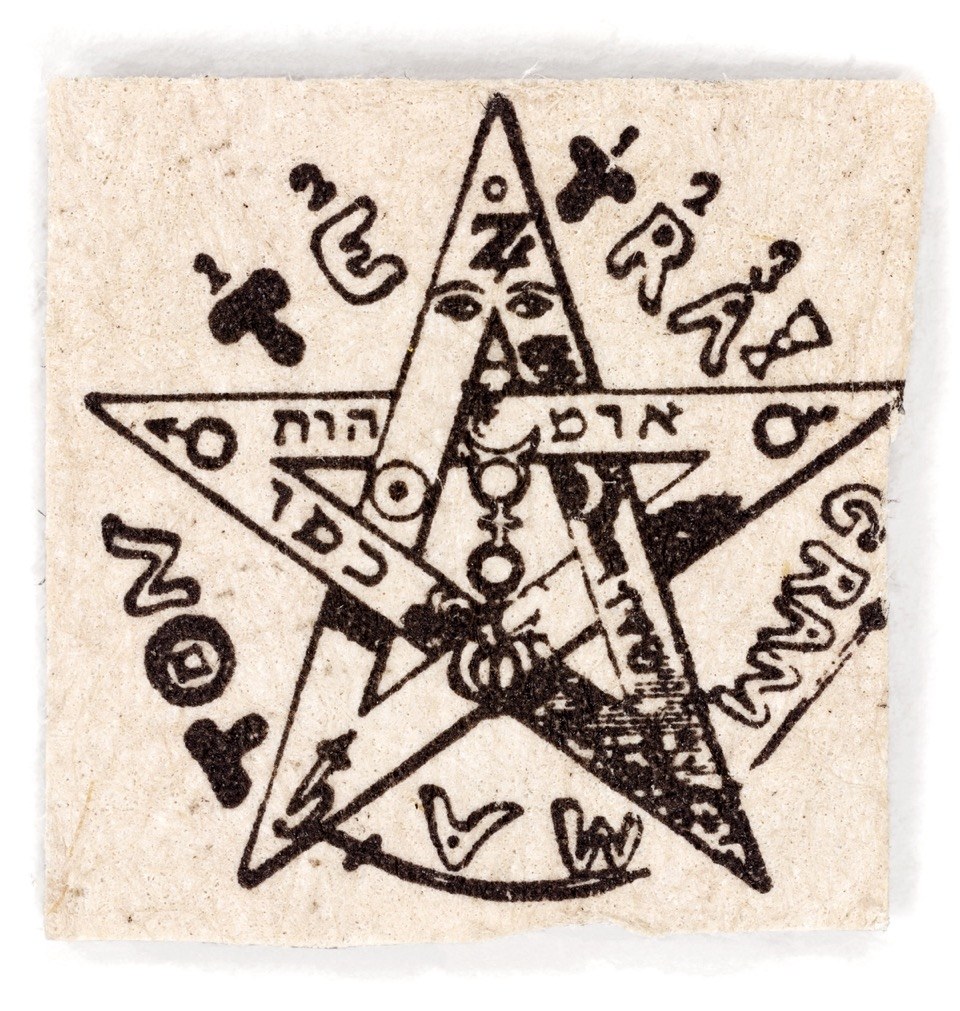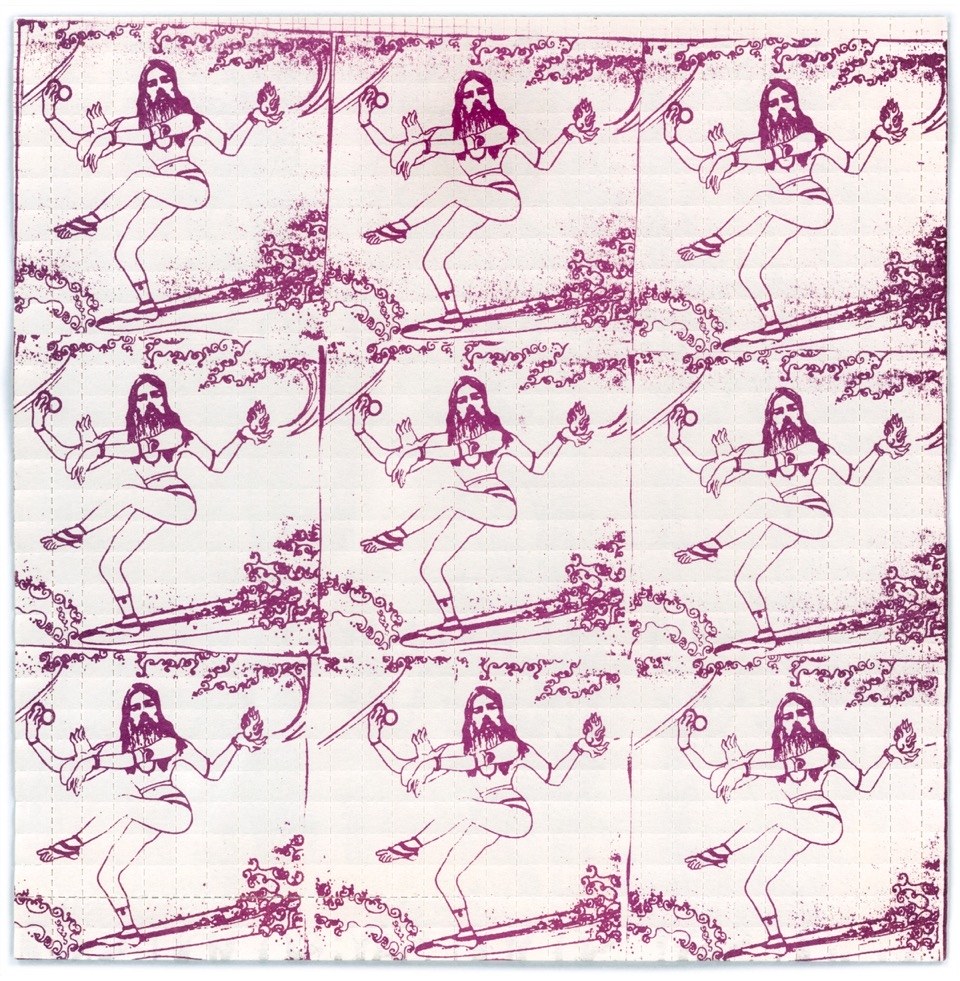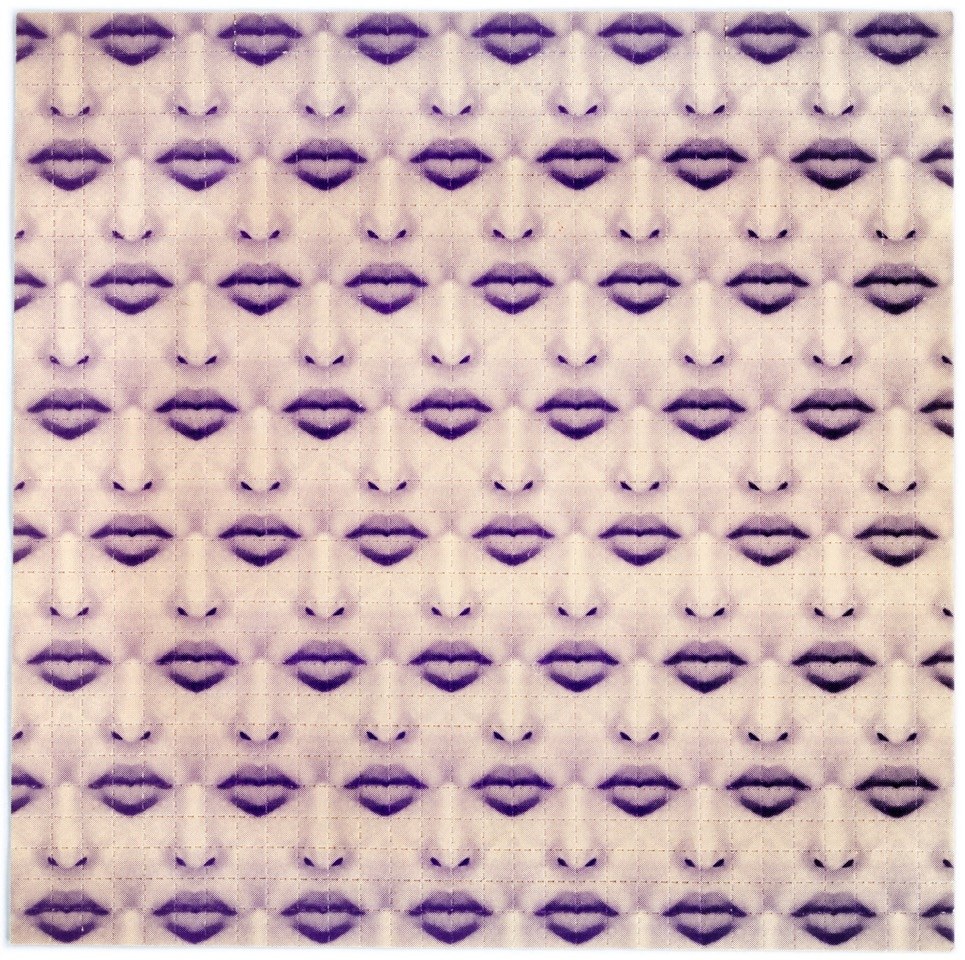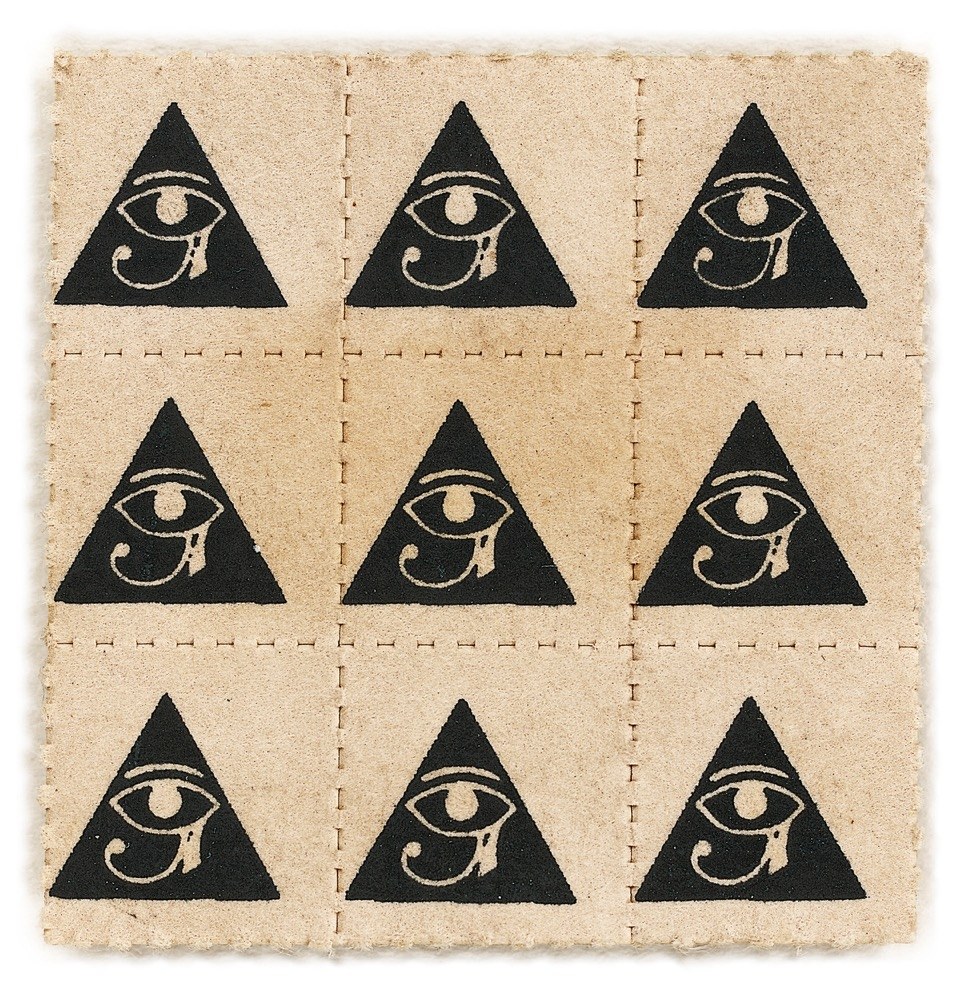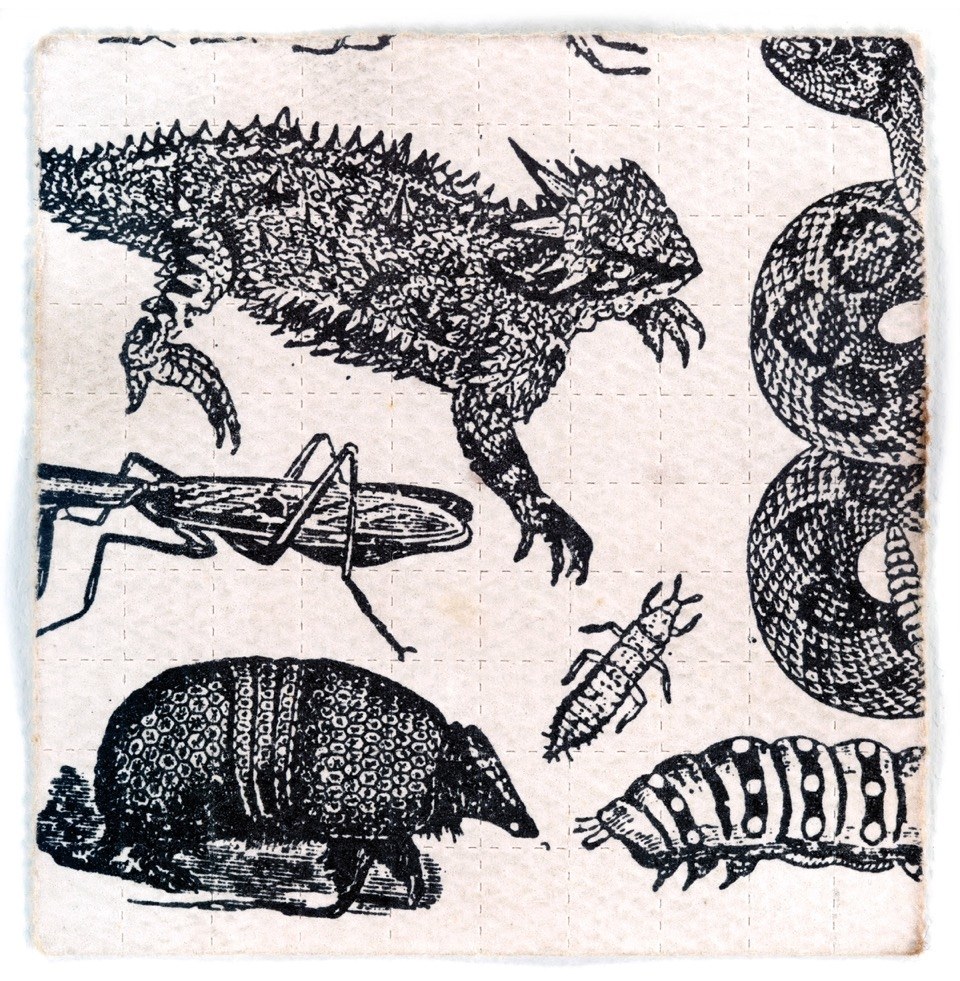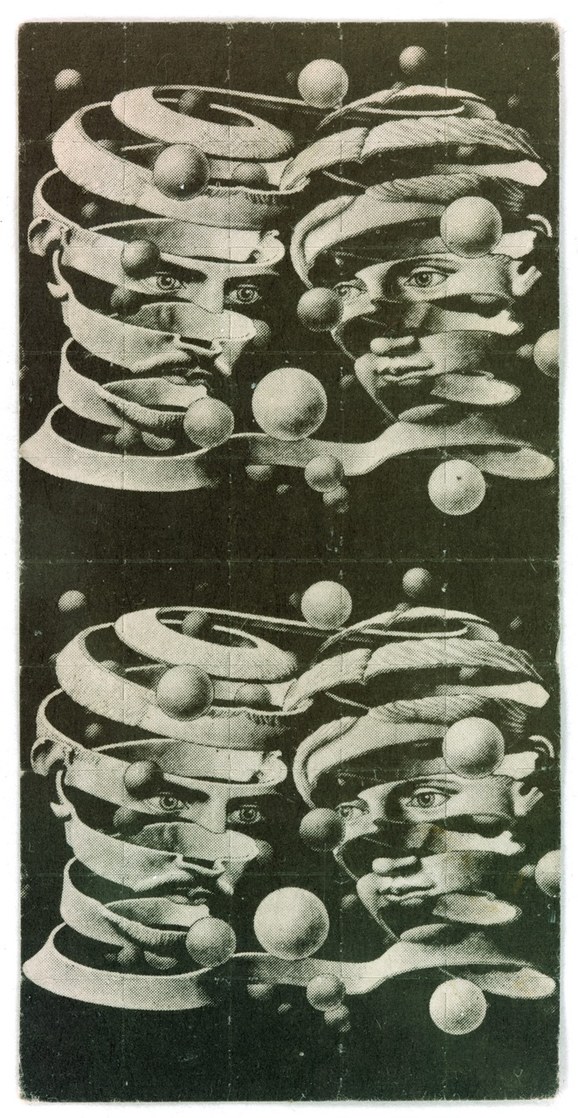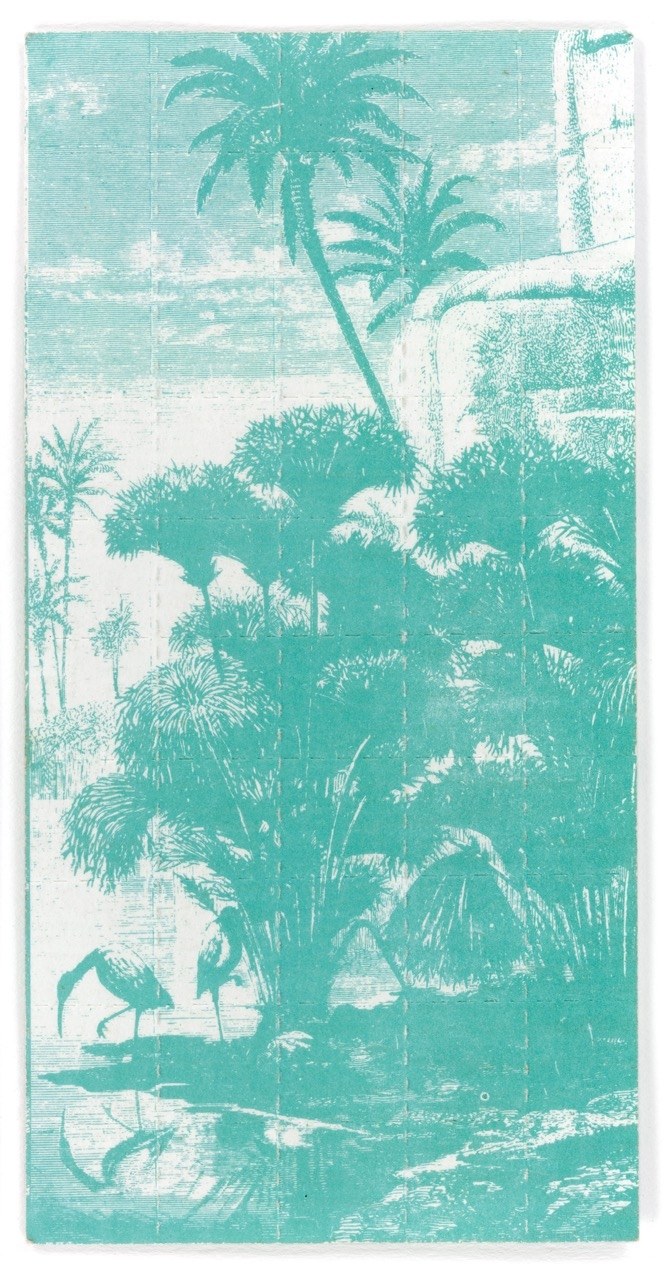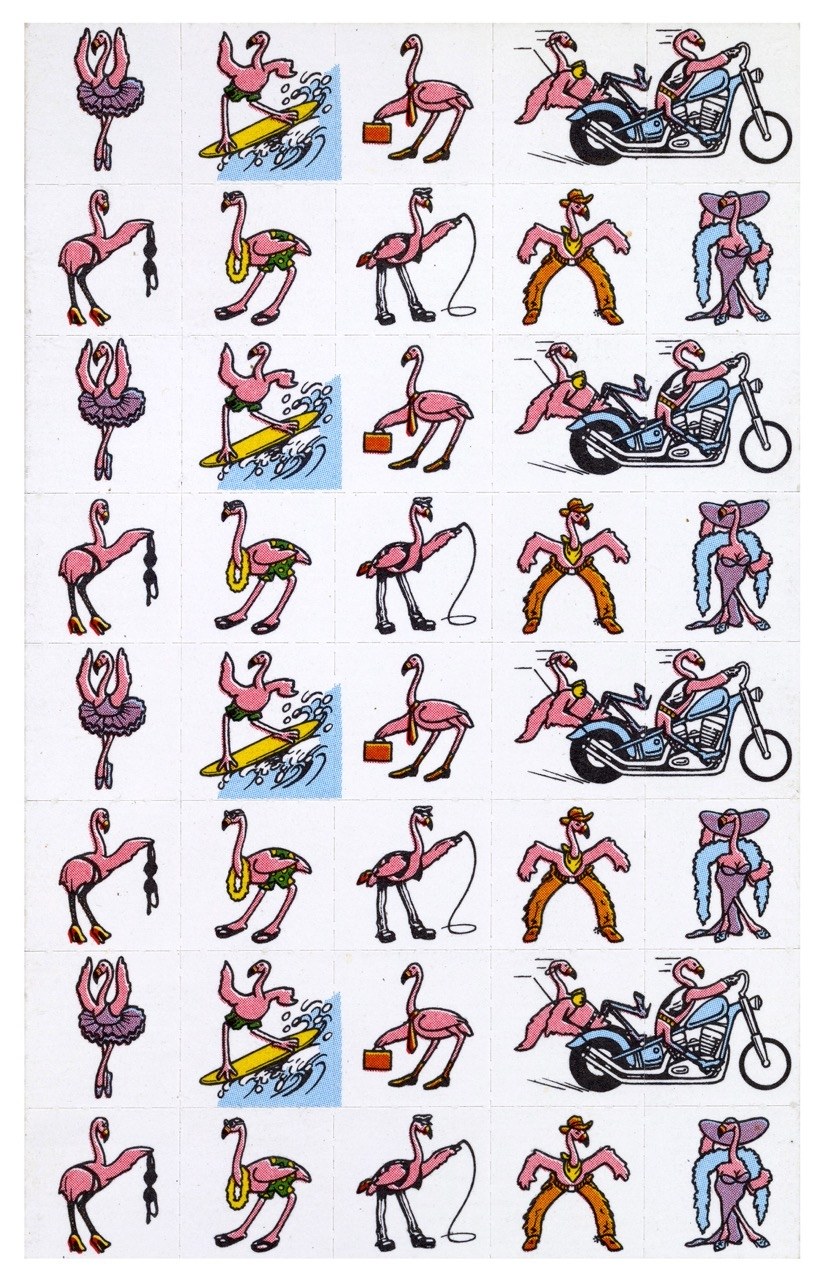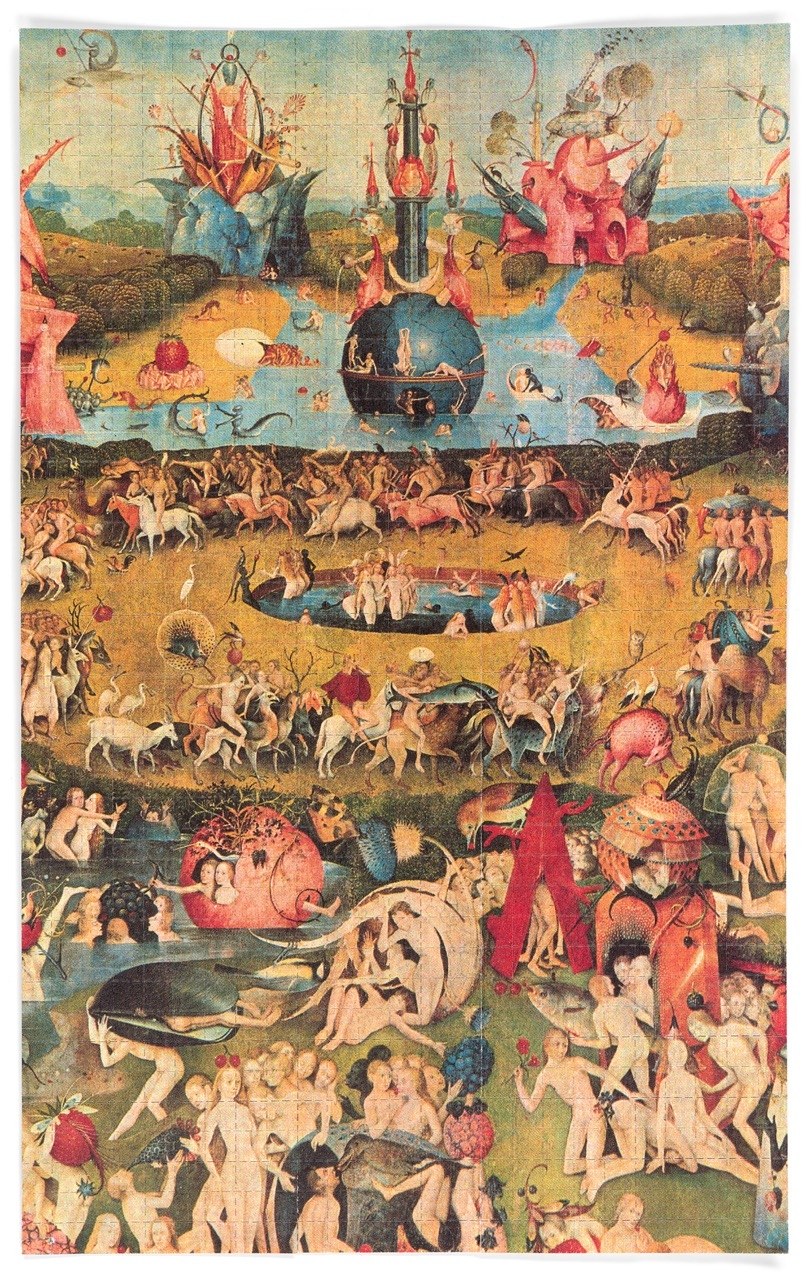LSD Blotter Museum
The Institute of Illegal Images - San Francisco
Other useful resources: How to Change Your Mind, (annotated summary); Phases of an LSD Trip; Precise dosing of LSD; How to Find a Psychedelic Guide
Mark McCloud is the world’s leading collector of “Blotter Art.” McCloud’s collected the stuff since the ‘60s, framing and hanging the trippy paper trails in his now legendary Victorian home in San Francisco. He now has more than 35,000 sheets of LSD in his house. Just how many more isn't clear, because no one's done an inventory since the feds last tried to bust him fifteen years ago.
What is clear is that because each sheet, or "blotter," can be perforated into hundreds of little acid-imbued tabs, this guy, Mark McCloud, has amassed several million hits of LSD over the years. He doesn't collect these tabs to sell them. He collects these artifacts because, weirdly enough, they’re tiny works of art.
McCloud calls his house the Institute of Illegal Images. Scan the Institute's collection—a fraction of which is published on its website, Blotter Barn—and you’ll find a wide-ranging spectrum of art that McCloud’s been collecting since the 1970s. There’s also some truly exquisite artwork in McCloud’s collection. These pieces of paper were vehicles for going on psychotropic trips, making them about as ephemeral as art can get, but blotter artists still took great care in crafting the images. McCloud sells some images on his website.
The LSD Blotter Museum is open to the public, but by by appointment only. Plan well in advance. Contact Mark McCloud at mark@blotterbarn.com or leave a message and phone number at 415-821-6432. When making an appointment, give your reasons for wanting to go so the owner can decide who to group you with.
McCloud is a longtime San Franciscan who says he’s “always been an artist” but that his "main hobby has always been the collecting and cataloging of LSD on paper.” He is a veritable trove of trivia. Upon learning that I grew up in Austin, Texas, he quickly tells me it’s the birthplace of psychedelic rock. “The first record to have the word 'psychedelic' on the album was The 13th Floor Elevators, from Austin,” he says. “The Psychedelic Sounds of The 13th Floor Elevators, who I just saw play on Halloween. And the first novel that had the word [psychedelic] was... Psychedelic 40, in 1964. It’s a new word, and the word hasn’t been with us very long.”
Anyway. Blotter art is a relatively new, and still underground, art form. The drug-documenting site Erowid says it’s led to “an array of creative and stunning designs,” so much so that “it is likely that a few of the blotter designs shown have never been dipped [in LSD] and were created purely as art.” Erowid has its own digital gallery of LSD blotter art, and some of the visual tropes from the Institute of Illegal Images can be found there as well.
McCloud surmises that most blotter art was created so manufacturers, dealers, and consumers could identify the origins of the acid. This was especially helpful at the time, when people would mail sheets of LSD around the world simply by slipping them into record sleeves. Many designs—like the sheets imprinted with Mr. Bill, the clay figurine from Saturday Night Live—were actually subtle clues; when Mr. Bill appeared on a blotter, McCloud says, it signified that the sheet came from a certain chemist named Bill. Others are less subtle, like the sheet emblazoned with the Grateful Dead’s skull-and-lightning bolt logo. The band’s concerts were (and still are) big acid scenes.
McCloud's hobby has a way of attracting law enforcement's attention. Leonard Pickard, who was convicted in the largest-ever LSD manufacturing case, is serving two consecutive life sentences for producing and distributing the drug. McCloud has managed to dodge the law. Twice. He’s framed as many sheets from his collection as his walls can hold, and he says that exposure to ultraviolet rays of light and oxygen has neutralized the psychotropic chemicals that once permeated the papers. The rest of his blotters live in many, many binders. He’s collecting less methodically these days, but blotter art is still out there. People are still making, buying, and using acid. “It’s still happening, like at those [Grateful] Dead shows going on recently,” McCloud says. “But it looks different now. I saw one that looked 3-D. Lenticular.”
